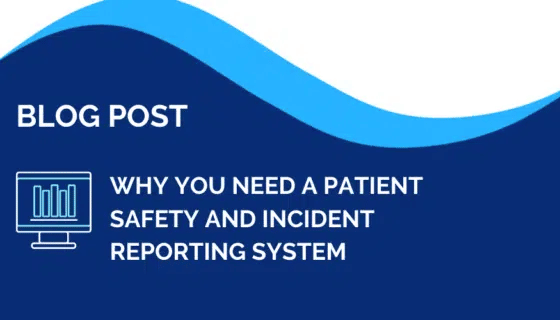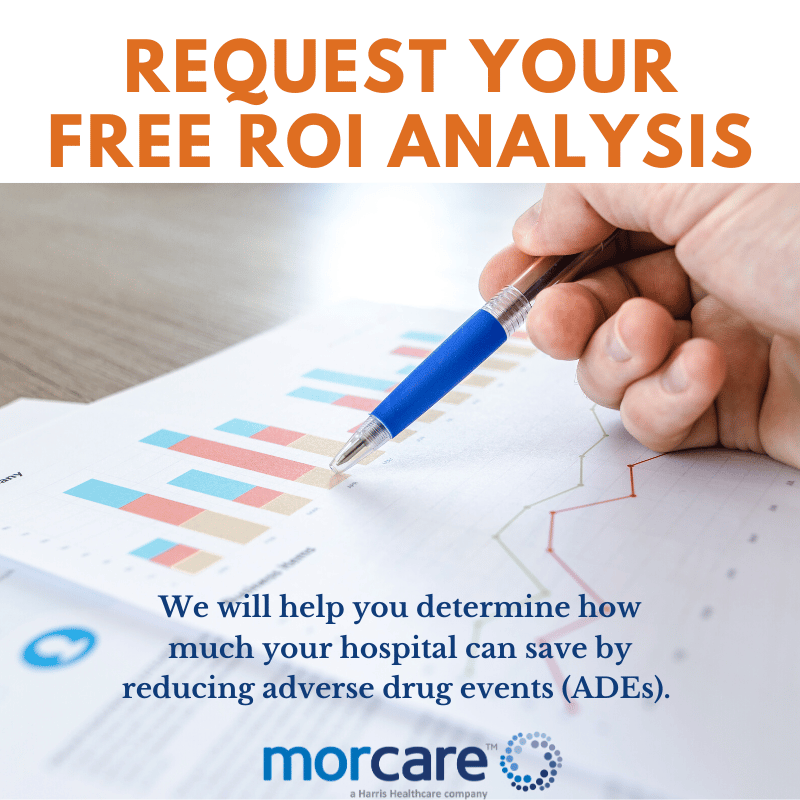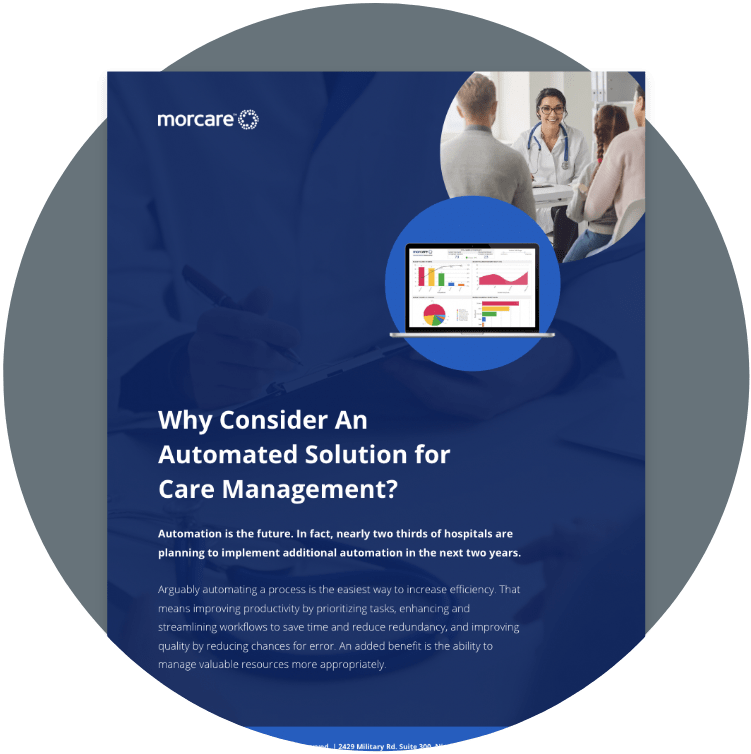By: Beth Brand, VP, Product Management & Customer Solutions
Patient safety is always the #1 priority. In a fast-paced environment where people, families, employees and a community rely on you – there’s no time or room for missteps and error.
Take a moment and think to yourself, how would you answer these questions?
– Can my leadership articulate what the primary patient safety issues are in my organization?
– Am I confident that incidents are being reported and shared appropriately?
– Do I have the information I need to improve patient safety in my organization?
Did you pause at answering ‘yes’ to any of the above? If so, I have good news: your organization can be empowered to make meaningful improvements in patient safety. How? With the right incident reporting solution that is equipped with a robust data analytics platform. It’s 2020. The way we operate needs to be top notch, efficient and effective. You need more than just tools and technology. You need an incident reporting system, data analytics and the correct refined process in place to capture, interpret, analyze and respond to this information. Otherwise, making positive changes to improve outcomes may feel like an impossible task.
The cost of adverse events:
We all know that adverse events in healthcare are costly. For example, it is estimated that adverse drug events alone cost our country approximately $2 billion each year. It is important to remember that these events often carry with them opportunity costs, as testing, treatments and extended LOS resulting from the events divert care from other patients.
Not only can adverse events be costly from a financial perspective, but they can also affect patient and employee satisfaction. The consequences of adverse events can range from delayed treatment, delayed discharge, readmissions, permanent disability, and in the worst cases, possibly death.
Given the significance and magnitude of these consequences, electronic incident reporting systems in hospitals have proven to be beyond valuable, in that they provide increased accessibility to any information reported, greatly enhance ease of reporting, leave less room for error, and provide consistency in how and what needs to be reported.
However, challenges still exist. Too often we see a gap between the culture of safety that we value, and how health systems are using data to understand patient harm and what to do about it. Unfortunately, we often see that the appropriate data does exist – but there’s a break in process and no follow-through with improvement initiatives based upon that data.
In order to move forward and make progress with patient safety, we need to focus efforts on not only encouraging active ongoing incident reporting, but on analyzing and learning from the information, and really be willing to CONSUME the information, and to make change.
When it comes to an automated patient safety and risk management system that helps you achieve improved process, workflow and the retrieval of data analytics, here’s how MorCare can help:
MorCare’s Patient Safety & Risk Management solution enables hospitals to track and monitor all incidents and claims as they occur, including falls, medication errors, and other safety issues. Our solution provides the critical framework for managing process improvements that promote patient, visitor and employee safety. Learn more about our solution by visiting our Patient Safety & Risk Management page.
Key Features:
- Real-time, web-based incident reporting tools that are easily configurable by the customer
- At the click of a button, easily submit incident reports from anywhere within the organization
- Accessibility and ability to anonymously report encourages a culture of reporting
- Easy to adapt on the fly: As the current short-term priority events shift within the organization, respond quickly, updating data collection tools as needed
- Out-of-the-box AHRQ standard format – quick and economic implementation
- Definable, organization-specific workflows and incident formats:Users can define an unlimited number of incident types. Incidents can be specific to patients, visitors, staff or others
- Automated process
- Immediate automated routing to appropriate department managers that allows for easy referral and input from other departments involved and broadens perspectives
- Provides visibility into next steps
- Dashboards and analytics
- Real-time actionable information allows you to take the next step past simply reporting that something went wrong, and encourages you to learn from the reporting, in order to implement change
- Drill down to the patient level in order to improve feedback mechanisms, putting the right information in front of the right people at the right time.
- And more!
The Agency for Healthcare Research and Quality (AHRQ), in their recent Scorecard on Rates of Hospital-Acquired Conditions, reports that Preventable Adverse Drug Events (ADE’s) occur at an average rate of 1.2 ADE’s per 100 hospital admissions. At that rate, a hospital with 4000 annual admissions can expect to experience approximately 48 Preventable ADE’s per year.
The Joint Commission reports that each Preventable Adverse Drug Event results in an increased adjusted cost of care of $3,420 and an increased length of stay of 3.15 days.
In this example, the estimated annual cost to the hospital resulting from the Preventable ADEs is $164,160, and the additional patient days associated with these ADEs are approximately 152 additional days.
It is easy to see that having insight into how, when, and where these events are occurring will enable hospitals to focus on what changes are needed, to prevent these from occurring in the future. Even a 50% decrease in preventable ADE’s will result in a significant cost savings… to say nothing of the improvement in patient safety and outcomes.
I encourage you to browse our website and contact us to request a quick and easy free return on investment analysis to see what an average hospital would save by reducing their ADE’s. Our solution can help create those savings.
MorCare has solutions that fit into all size budgets, from small rural hospitals to large health systems. Be sure to request demo for more information or to let us know if we can help.


